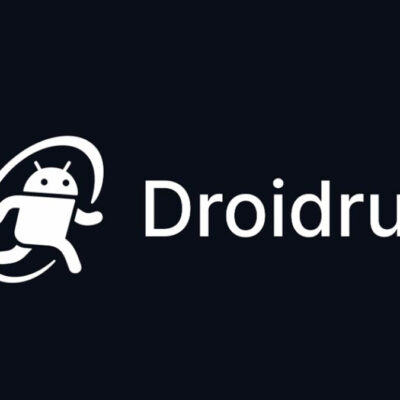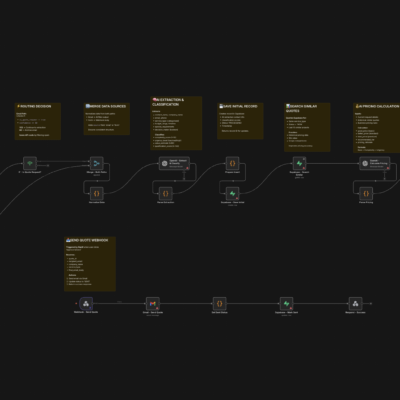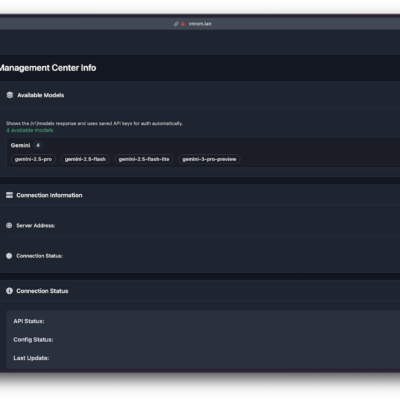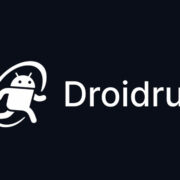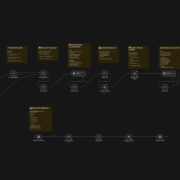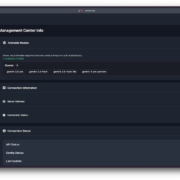The world of AI image generation is witnessing a thrilling head-to-head rivalry. For a long time, Gemini 2.5 Flash Image by Google—affectionately nicknamed Nano Banana by the community—has dominated the free-tier landscape thanks to its power and flexibility. But a new challenger from China, Seedream 4.0 by ByteDance, has entered the arena, shaking things up and directly challenging Google’s supremacy.
As someone who has spent countless hours testing and comparing AI models, I wanted to dig deep into this battle: Is Seedream 4.0 truly a game-changer? This review breaks down the details, offers side-by-side comparisons, and presents insights based on hands-on testing.
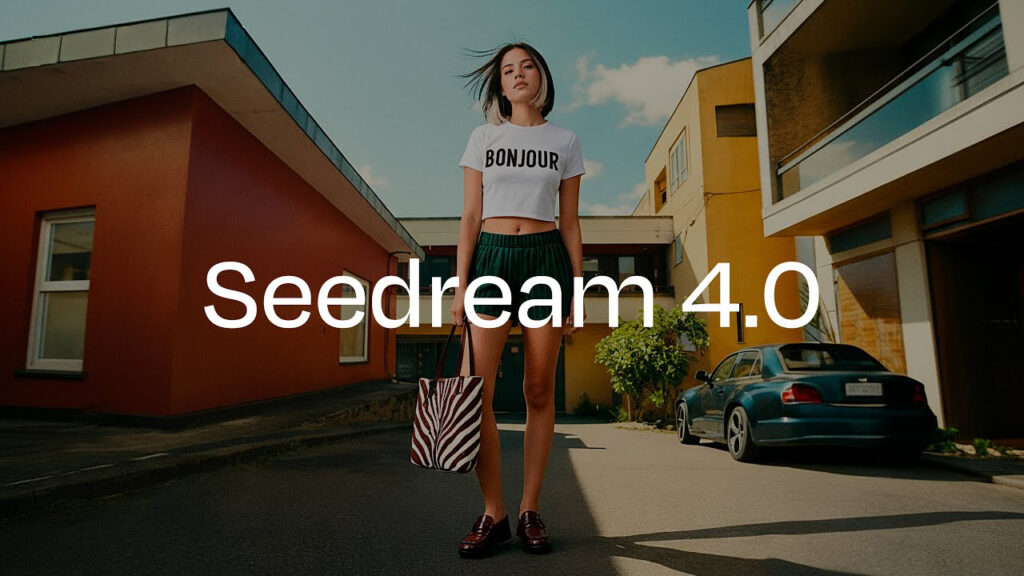
What is Seedream 4.0 and Why Is It Creating Buzz?
Launched in September 2024, Seedream 4.0 is ByteDance’s latest generation image creation and editing model. The company behind TikTok wasted no time in making headlines—Seedream 4.0 quickly climbed to the top of respected AI leaderboards.
According to Artificial Analysis, one of the leading AI benchmarking platforms, Seedream 4.0 has already surpassed Gemini 2.5 Flash Image, scoring an ELO of 1,205 compared to Nano Banana’s 1,201 in text-to-image performance. It also claimed the #1 spot in the Image Editing Arena. These numbers highlight that Seedream isn’t just a passing trend—it’s a serious competitor with a robust and versatile foundation.
Technical Highlights of Seedream 4.0
Seedream 4.0 is more than a typical image generator. It’s a unified system that combines creation and editing into one seamless platform:
- High Resolution: Outputs up to 4K images, far beyond Nano Banana’s 1080p ceiling.
- Speed: Generates 2K images in under 2 seconds.
- Multi-reference Support: Accepts up to 6 reference images in one go.
- Unified Architecture: Integrates the generative capabilities of Seedream 3.0 with the editing strengths of SeedEdit 3.0 into a single model.
Seedream 4.0 vs. Gemini 2.5 Flash Image: Real-World Testing
Specs are impressive, but real-world use tells the real story. Based on independent tests and video benchmarks, here’s how both models stacked up.
Handling Complex Prompts and Multiple Objects
Seedream 4.0 clearly pulled ahead in this category.
- Test 1: Product Mockups Prompt: Generate branded items including a cap, T-shirt, lanyard, and full-face helmet.
- Gemini 2.5 Flash: Produced only a cap, ignoring the rest.
- Seedream 4.0: Delivered all requested products in a single coherent image.
- Test 2: Multiple Angles Prompt: Generate three different camera angles of the same subject.
- Gemini 2.5 Flash: Returned just one image.
- Seedream 4.0: Accurately produced three distinct perspectives.
Consistency in Identity and Faces
When it comes to photo editing or compositing humans, consistency is critical. Seedream 4.0 impressed with its ability to preserve facial details—from subtle contours to facial hair—with striking accuracy. Gemini performed reasonably well but often rendered slightly fuller faces, with a similarity rating closer to 98–99%.
Text Rendering and Poster Design
Both models excel at embedding and editing English text in images, but Vietnamese remains a weak spot—diacritics often appear broken or distorted.
Multi-image Input and Complex Compositions
Here, Gemini regains its edge. When combining multiple input images into a single cohesive output, Gemini proved more stable, while Seedream occasionally produced artifacts or unnatural blends.
A Unique Advantage: Looser Content Moderation
One of Seedream’s biggest differentiators lies in its content moderation policies. Google tightly restricts Gemini 2.5 Flash, instantly blocking prompts with even mild violence or sensitive elements. In contrast, Seedream 4.0 is more lenient, allowing light depictions of violence without outright refusal. For creative professionals, this flexibility can be decisive.
Price and Performance Comparison
On the economic side, Seedream also holds an advantage:
- Seedream 4.0: $0.03 per image ($30 per 1,000)
- Gemini 2.5 Flash: $0.039 per image
Performance-wise:
- Seedream 4.0: Up to 10x faster than its predecessor, delivering 2K images in under 2 seconds.
- Gemini 2.5 Flash: Stable, but slower in some workflows.
How to Try Both for Free
The easiest way to compare is via LMArena:
- Go to the website.
- Select the Side-by-side tab.
- Toggle “Image” mode (essential step).
- Choose Seedream (if available) on one side, and gemini-2.5-flash-image (Nano Banana) on the other.
- Upload images or enter prompts in English or Vietnamese.
NOTE:
Seedream 4.0 isn’t yet on LMSYS Arena but is accessible through ByteDance’s Jimeng, Doubao AI apps, or the Volcano Engine cloud platform.Which One Should You Choose?
After extensive testing, Seedream 4.0 does surpass Nano Banana on several key fronts—resolution, speed, complex prompt handling, and identity consistency. However, this isn’t a one-sided battle. Each model brings unique strengths:
Choose Seedream 4.0 if you:
- Need ultra-high resolution (4K) and fast processing.
- Regularly handle complex prompts with multiple objects or variants.
- Require precise identity consistency in faces.
- Prefer looser content filters for creative freedom.
- Want lower costs (≈23% cheaper).
Choose Gemini 2.5 Flash Image (Nano Banana) if you:
- Value stability and reliability.
- Work heavily with multi-input image compositions.
- Need a widely validated tool for general tasks.
- Prefer native integration within Google’s ecosystem.
The arrival of Seedream 4.0 is a strong signal: ByteDance has shown it can build an AI model that not only competes with but, in many respects, outshines Google. For the AI community, this means more powerful free options and stronger competition that forces everyone—Google included—to keep innovating.
The throne of free AI image generation has never been more contested, and Seedream 4.0 is now a very real challenger to Nano Banana’s reign.

